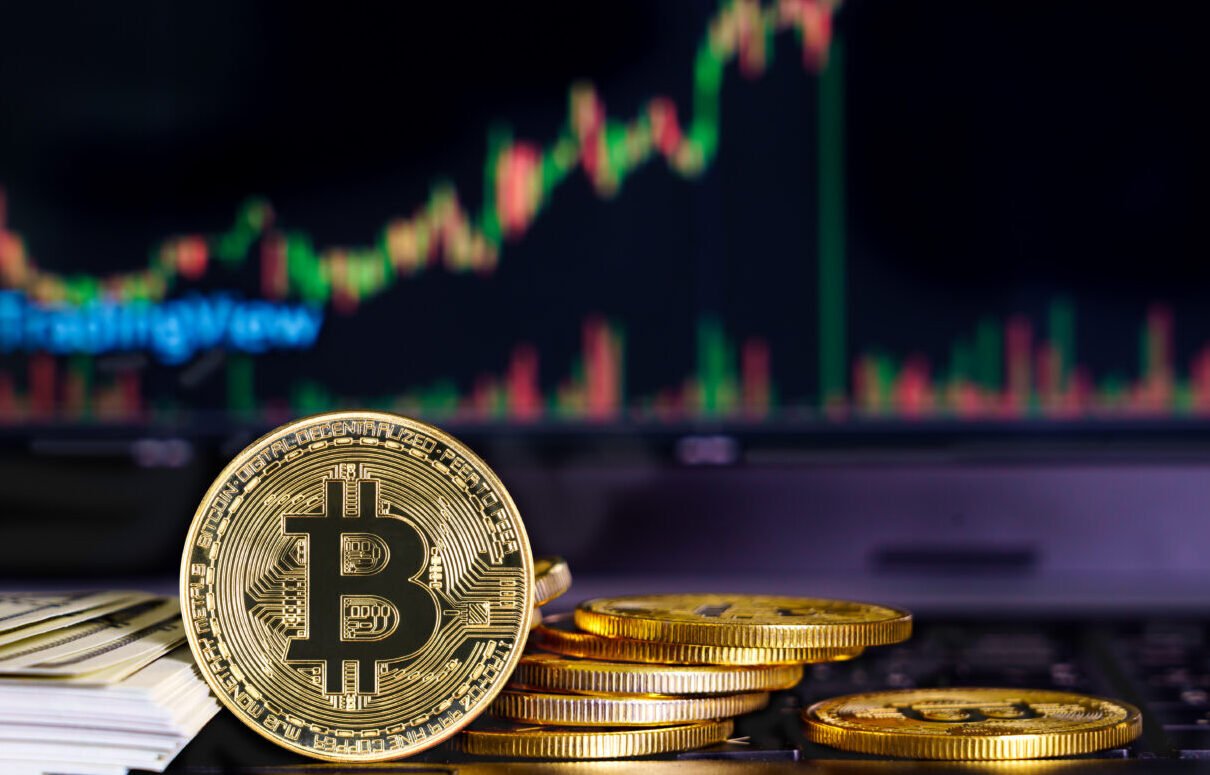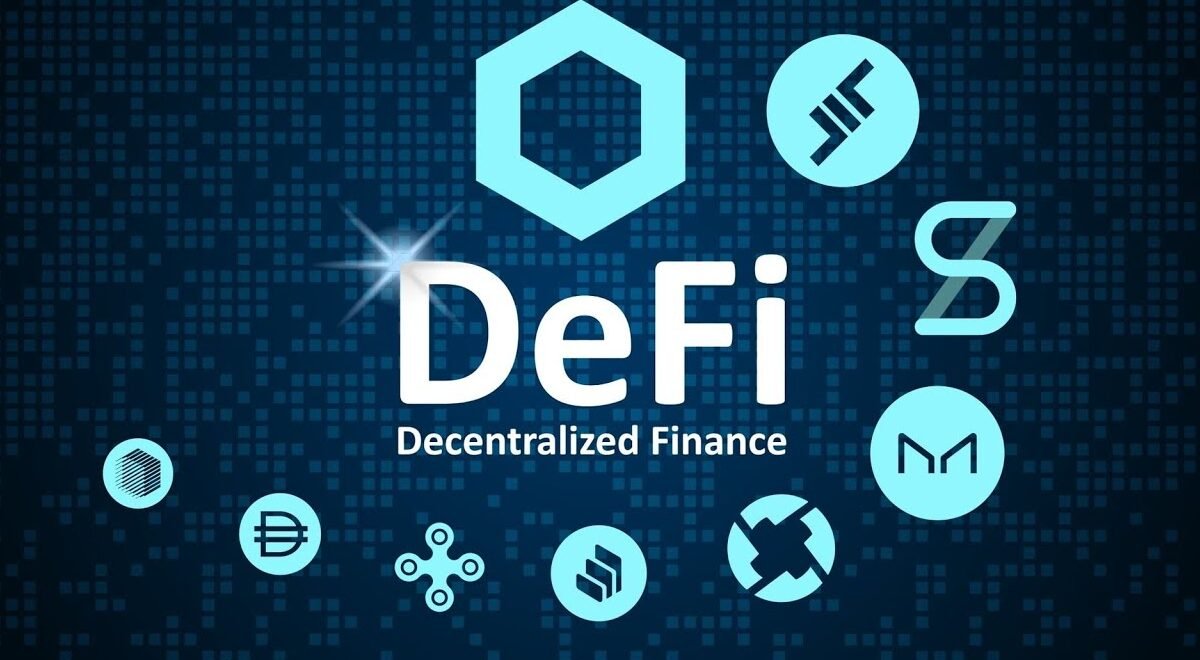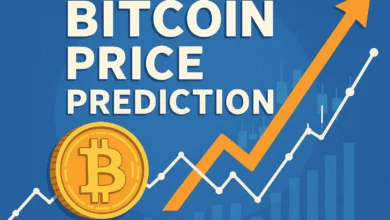
The crypto industry is witnessing significant changes. In May 2025, the landscape is a dynamic fusion of expanding geopolitical links. Rapid commercial changes and shifting regulatory frameworks are also present. Investors, developers, and regulators must comprehend the latest developments as digital assets increasingly find their way into financial portfolios and political discussions. This article provides a thorough analysis of the present status of the Cryptocurrency industry. We delve into the patterns of pricing. Court cases and institutional interest play a significant role. Blockchain technology is increasingly gaining global traction.
Bitcoin Market Outlook
As of mid-May 2025, investor mood and news are still dominated by Bitcoin (BTC). Bitcoin is currently selling at almost $102,500, despite a 1.2% decline over the last day, solidifying its status as a long-term store of wealth. At $2,580, the price of Ethereum (ETH), the second-largest cryptocurrency, has moderately decreased by 3.3%.
The overall market is in a cautious downturn. Simultaneously, the market experiences a cautious downturn. Cardano (ADA) and XRP are about $0.78 and $2.52. Respectively, Binance Coin (BNB) is around $651. Longer-term opinion is still constructive despite these declines. Particularly, the fluctuations in macroeconomic conditions and concerns about fiat currencies in various emerging markets continue to boost the value of Bitcoin.

The recent acceptance of spot Bitcoin Exchange-Traded Products (ETPS) in the US market is a key factor contributing to the cryptocurrency’s tenacity. These investment vehicles have made it easier and more transparent for pension funds, mutual funds, and insurance companies to invest in Bitcoin, thereby expanding the pool of institutional capital available. According to JPMorgan and Fidelity analysts, if present trends continue, Bitcoin might hit $150,000 to $185,000 by the end of the year.
The U.S. Fifth Circuit Court of Appeals recently overturned sanctions against Tornado Cash, a decentralised privacy system that runs on the Ethereum network, marking a significant legal milestone. The decision concluded that because Tornado Cash’s open-source smart contracts were autonomous and non-custodial, they could not be approved under the existing legislation.
The ramifications of this choice are extensive. In addition to highlighting the challenges of regulating decentralised code, it has also portended a change in the way the legal system may view blockchain technology and decentralised autonomous organisations (DAOS) since then. Tornado Cash’s governance token, TORN, has seen a sharp increase in value.
The European Union, on the other hand, is advancing its comprehensive regulatory framework, known as the Markets in Crypto-Assets Regulation, or Mica. Mica, which has been in full effect since December 2024, intends to improve consumer safeguards while giving crypto-asset service providers (CASPS) legal clarity. It is generally considered a model that might be implemented worldwide, particularly by countries looking to draw in Web3 innovation while keeping systemic concerns under control.
Politics and cryptocurrency are becoming increasingly intertwined. One such action was the announcement by the Chinese internet company GD Culture Group (GDC) that it will invest $300 million in a portfolio of digital assets, including the politically themed cryptocurrency $TRUMP. This act has raised moral concerns about foreign organisations using politically branded tokens to sway elections or media narratives in the West.
An agreement between the Pakistani government and World Liberty Financial (WLF), a cryptocurrency investment firm connected to the Trump family, has sparked controversy, further complicating matters. According to reports, the investment includes blockchain infrastructure initiatives meant to boost Pakistan’s digital economy; however, specifics are still kept secret. This structure. Critics assert that there are risks involved. There are risks of combining financial speculation with political diplomacy.
These changes point to a developing pattern: cryptocurrencies are no longer tools that are politically neutral. The distinction between finance and foreign policy is becoming increasingly hazy as more tokens take on ideological branding and as governments start interacting with crypto-native organisations.
After a difficult 2022–2023 period, decentralised finance (DeFi) is quietly making a resurgence with an interest in synthetic asset platforms and decentralised exchanges (DEXS). Lending protocols are growing again. Thanks to advancements in security protocols, transaction fees on Layer 2 networks are lower. And better user interfaces have increased the total value locked (TVL) across the main DeFi systems to more than $150 billion.
One of the main factors behind this comeback is stablecoins. By early 2026, we expect their combined market value to reach $250 billion in addition to trading.

Stablecoins have a growing chance of competing with central bank digital currencies (CBDCS), especially in nations with low levels of confidence in monetary policy. Legislative clarity is increasing. This is especially true for 1:1 fiat backing and real-time audits. Stablecoins could become a commonplace instrument for financial inclusion.
Final thoughts
The remainder of 2025 will test the crypto industry’s adaptability and resilience. Important topics to watch include SEC guidelines on utility tokens, possible U.S. legislation on crypto tax reporting, and international collaboration on anti-money laundering (AML) standards. We anticipate the arrival of Ethereum’s “Pectra” update, which aims to boost scalability and gas efficiency significantly. It might also be crucial to determine DeFi’s direction.
The future of cryptocurrency will depend on its capacity to maintain decentralisation while assimilating into the larger financial ecosystem as governments, organisations, and individuals collaborate on blockchain solutions for various reasons, whether they be profit, ideology, or creativity.








